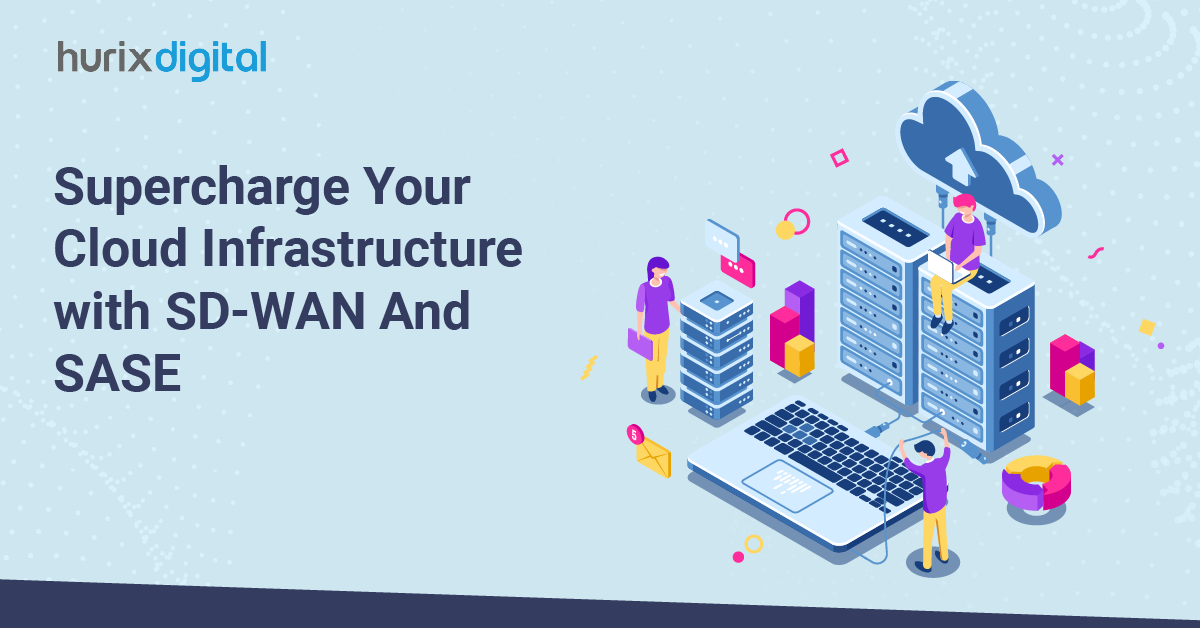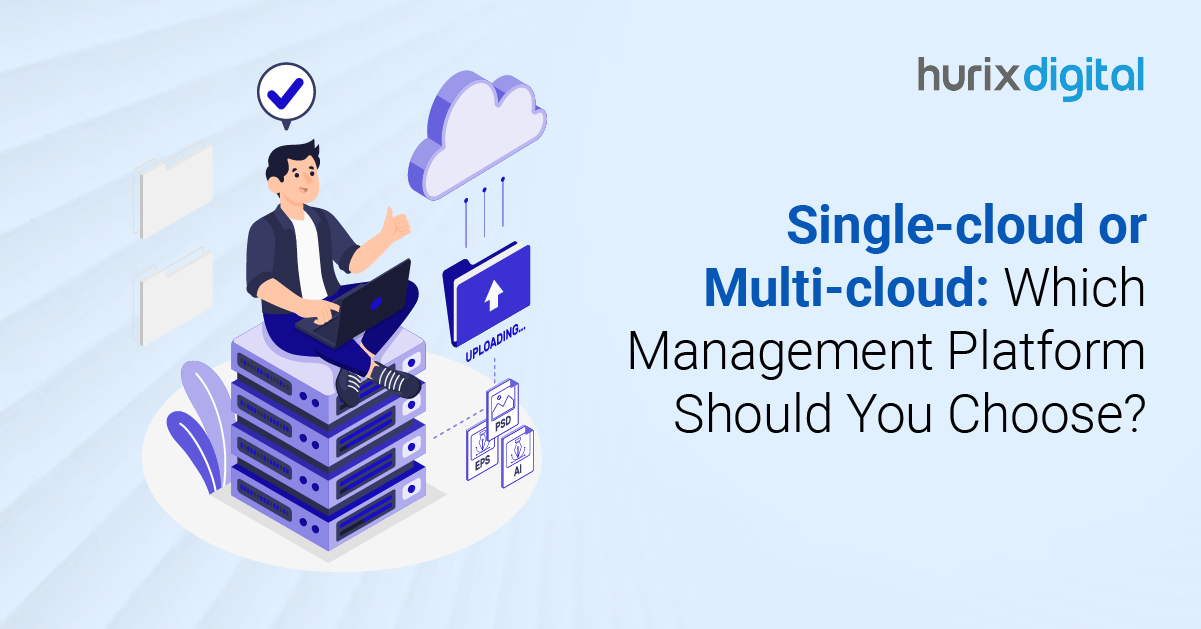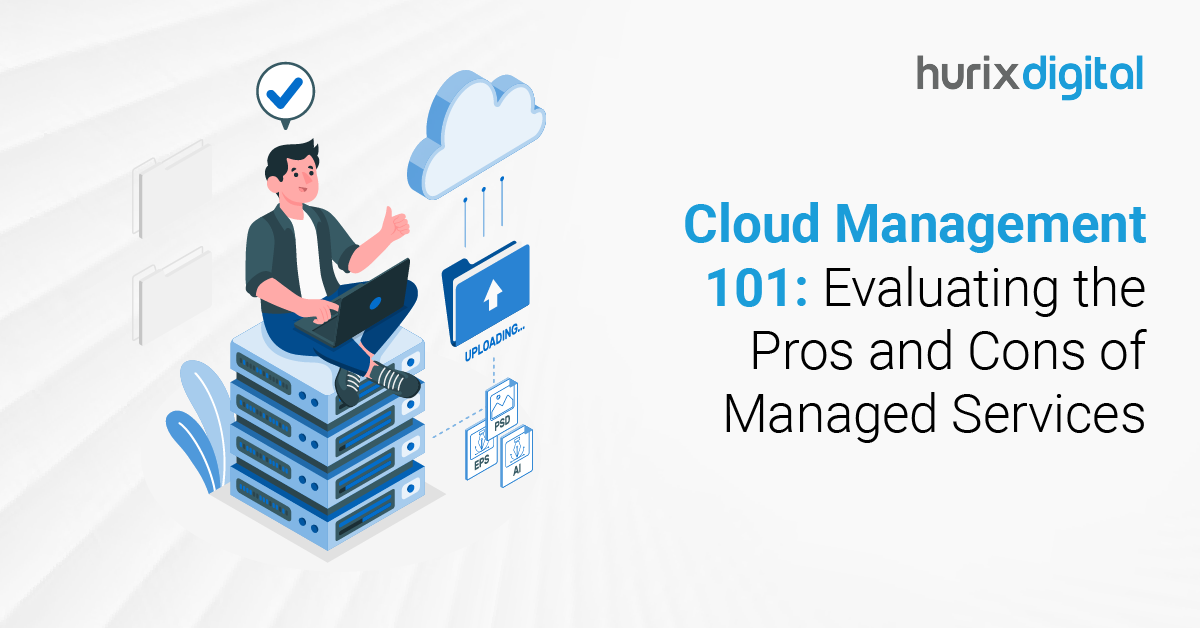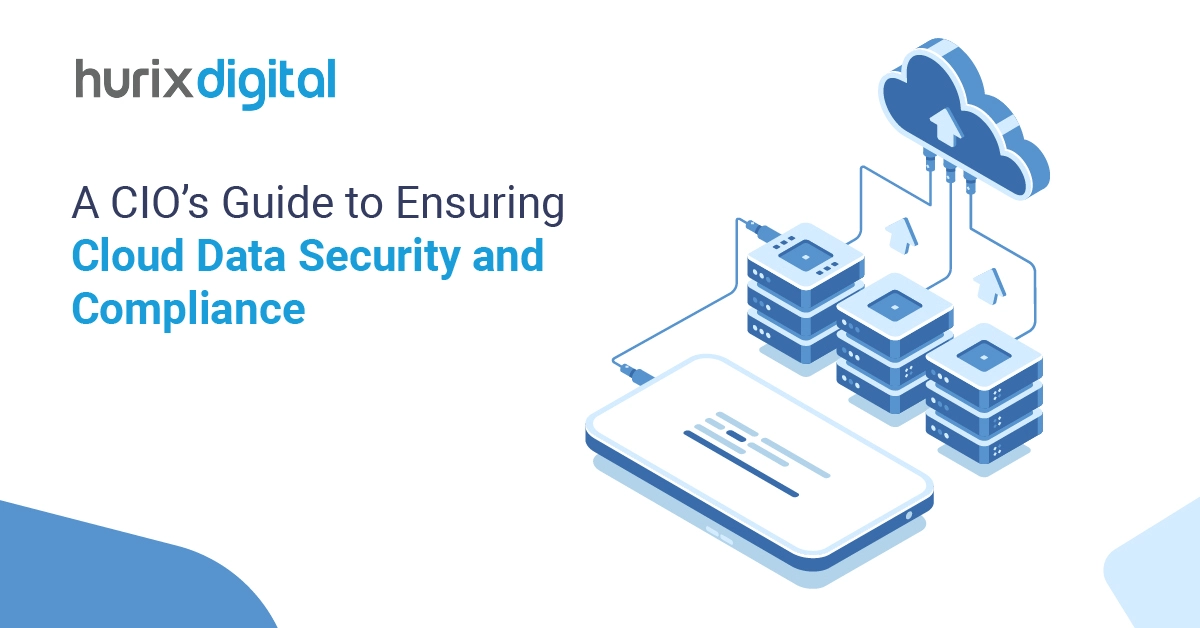
Supercharge Your Cloud Infrastructure with SD-WAN and SASE
Summary
This blog explores how SD-WAN and SASE enhance cloud infrastructure by boosting connectivity, security, scalability, and performance, facilitating future 5G and cloud integration.
Cloud infrastructure has become a game-changer for businesses worldwide. It enables agile operations and secures remote network connections.
According to TechReport, over 60% of corporate data is now stored in the cloud.
As enterprises rapidly adopt a cloud-first strategy, migration remains a major roadblock. Most organizations fail to address two key aspects: security and accessibility.
That’s where SD-WAN and SASE play critical roles. These cutting-edge technologies securely connect remote users and applications spread across various geographical locations, ensuring a smooth transition from legacy systems to edge computing.
This post extensively explores SD-WAN and SASE and how they are transforming the future of cloud computing.
Table of Contents:
- SD-WAN: Everything You Should Know
- How SD-WAN is Transforming IT Cloud Infrastructure?
- SASE: Everything You Should Know
- How Does SASE Make Your Business Cloud-Ready?
- SD-WAN or SASE: Which is the Best Approach?
- SD-WAN and SASE: How it Impacts the Future of Cloud Computing
- Wrap Up
SD-WAN: Everything You Should Know
IT ecosystems are becoming more intricate. As a result, businesses are adapting 5G and cloud integration to address the evolving challenges. In this scenario, knowing the nuances of SD-WAN is vital.
Software-Defined Wide Area Networking (SD-WAN) streamlines cloud IT infrastructure management. This innovative technology securely connects users to various applications, making data transfer and storage robust.
The potency and efficiency of SD-WAN lie in the various features it offers. Here are the key features for a holistic view:
- Multi-cloud connectivity
- Robust security protocols
- Zero-touch provisioning
- Scalability and flexibility
- Centralized storage database
Also Read: A Comprehensive CIO’s Guide to Developing a Cloud-First Strategy
How SD-WAN is Transforming IT Cloud Infrastructure?
SD-WAN becomes essential to deliver routing, protect against potential threats, and simplify WAN management. Other business benefits include the following:
1. Improved and Reliable Connectivity
As the IT landscape grows increasingly complex, reliable and efficient network connectivity is vital. That’s where SD-WAN comes in!
SD-WAN seamlessly connects multiple devices across a single network, ensuring both secure and efficient data transfer.
Moreover, with consolidated traffic management, SD-WAN prevents network congestion, enhancing performance.
2. Safeguards Data against Cyber Threats
SD-WAN routes the traffic over geographically diverse networks, optimizing bandwidth utilization and ensuring secure data transmission.
What’s more, SD-WAN ensures efficient traffic segmentation by adding an extra layer of security. The result? No unauthorized parties can access the data, safeguarding your business against data breaches.
3. Better Flexibility and Optimized Network Performance
When companies use traditional WAN to change cloud carriers, updating the network environment can be daunting.
With SD-WAN, you can dynamically adjust bandwidth during updates to ensure optimum performance of business-critical applications.
Further, businesses can control bandwidth allocation to accommodate new applications or flash storage. This ensures that business-critical applications get the required bandwidth uninterrupted whenever needed.
However, SD-WAN is just one side of the coin. Knowing everything about SASE as well is vital for a comprehensive perspective on cloud infrastructure.
SASE: Everything You Should Know
Secure access service edge (SASE) is a futuristic technology incorporating connected networks and security-as-a-service to deliver a single cloud IT infrastructure.
The SASE framework consolidates multiple functions and capabilities, enhancing operational efficiency. Here are some of the salient features of SASE that drive edge computing:
- Increased security against cyber threats
- Lower latency offers quicker and better application performance
- Automated self-healing capabilities
How Does SASE Make Your Business Cloud-Ready?
Implementing SASE offers endless opportunities for cloud infrastructure. Here are some of the key business benefits:
1. Enhanced Network Security
The more diverse your cloud IT infrastructure, the more vulnerable it is to data breaches. A SASE architecture provides a comprehensive solution for the security of a cloud computing network.
It offers application and resource cloaking, segmentation, and inline encryption, safeguarding your business data from malware or hacking. Besides, SASE integrates user, device, and location-based risk profiling, ensuring connected networks are secured.
2. Seamless Scalability
Network geographies and configurations fluctuate as your business adds new applications, users, and remote work setups.
Traditional WAN often fails to accommodate variations in configuration due to higher latency and heavy data load.
SASE addresses this problem by dynamically scaling the network to accommodate changing bandwidth requirements, ensuring peak performance.
Moreover, SASE combines network accessibility and security on a single platform, reducing complexities and operational overheads. This allows you to scale cloud infrastructure whenever the network expands without compromising on performance or security.
3. Enhanced Network Visibility and Monitoring
Legacy systems often struggle with complete network visibility, making real-time monitoring a major concern. SASE offers a robust solution that allows constant network monitoring for data-driven decision-making.
Moreover, with real-time monitoring, you can apply a zero-trust policy to track and control user privileges. This enables your security teams to detect anomalies and suspicious activities to prevent threats at an early stage.
Additionally, consistent network monitoring can build a robust connected devices inventory to optimize the performance of the cloud IT infrastructure.
SD-WAN or SASE: Which is the Best Approach?
While SASE and SD-WAN are similar technologies, their architecture and deployment differ significantly. However, it’s essential to understand that SD-WAN and SASE complement each other and often work in tandem.
While SD-WAN optimizes network performance, SASE complements it by integrating security features into an existing cloud IT infrastructure.
Both technologies aim to enhance connectivity, accessibility, and security across geographically diverse and dispersed cloud IT infrastructure. Combining SD-WAN and SASE will help you scale cloud infrastructure and pave the way for futuristic 5G and cloud integration.
SD-WAN and SASE: How it Impacts the Future of Cloud Computing
Combining SD-WAN and SASE offers unlimited benefits. Here are three main advantages of this hybrid model:
- Optimum Security and Agility: Integrated security features improve remote and hybrid models and increase flexibility to adapt quickly to changes.
- Enhanced Network Performance: With its advanced networking technologies, SD-WAN and SASE reduce latency for unparalleled UX.
Economical and Efficient: SD-WAN and SASE can save significant expenditures by reducing dependency on expensive Multiprotocol Label Switching (MPLS).
Also Read: Service Level Agreements (SLAs): The Key Elements of Cloud-Managed Services
Wrap Up
Enterprise networks are advancing unprecedentedly, driving businesses to increasingly leverage edge computing to enhance their operational capabilities.
The changing digital landscape has made it necessary to upgrade your WAN architecture.
Hurix Digital offers end-to-end, scalable, and robust cloud IT infrastructure solutions that enable your business to unlock its full potential.
Whether you want to upgrade existing cloud infrastructure or migrate from legacy systems, we offer frictionless solutions.
Want to learn more about our comprehensive cloud solutions? Book a call to discuss your questions.

Vice President and Strategic Business Unit Head – Cloud Services
A top technology management voice on LinkedIn with 20 Years of experience in Information Technology, Cloud Services, Digital Transformation, Application Modernisation, Managed Services, IT Security Engineering and Operations Management. An avid technology Leader, Leadership Speaker, Author & Coach.







